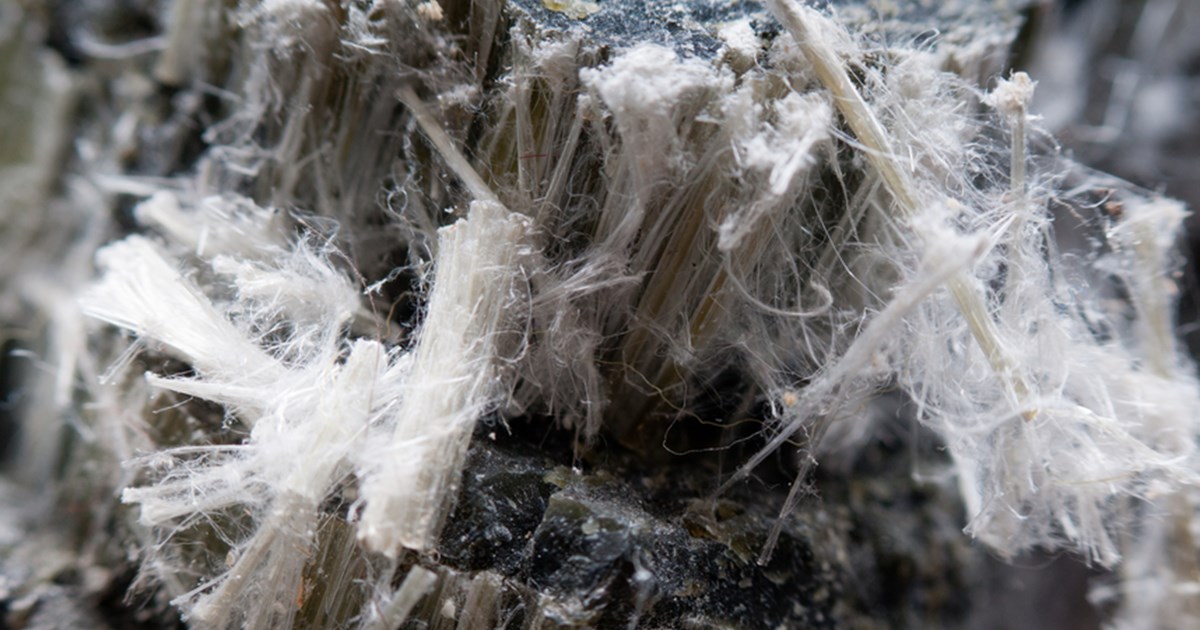The Different Types of Asbestos

We still experience a large number of deaths every year in the UK as a result of exposure to asbestos. Even though it has been fully banned in this country since 1999 and some types of asbestos were banned decades prior to that even, it is still present in many different buildings that were constructed prior to the banning orders. If you come across asbestos in a building that you live, work, or are responsible for the management of, you might want to know what to look out for.
What we would always say is that it is important to test asbestos as soon as possible after it is discovered. If you are not a licensed asbestos testing company, such as Artisan Surveyors, it can be difficult to understand exactly what to look out for and to know what to do to keep you and others safe from potential harm. After all, it only takes one time for asbestos-containing materials to be disturbed and for asbestos fibres to be breathed in by any person present, for it to potentially cause a life-threatening illness.
There are still many professions that are more likely than most to come into contact with asbestos during working hours. This includes carpenters and joiners, roofers, builders, and those installing fire alarms and burglar alarms. For any people working in those professions it would be incredibly helpful to know what different types of asbestos look like.
What Types of Asbestos are there?
There are three main types of asbestos that you might come across when working in those professions:
Brown Asbestos (Amosite) – This is a strong and heat-resistant asbestos that was commonly used with plumbing insulation, electrical insulation and cement sheets in the past. Amosite asbestos is known to be incredibly toxic and has a higher cancer risk when directly compared with exposure rates to other types of asbestos.
Blue Asbestos (Crocidolite) – This type of asbestos has very thin fibres and can become easily lodged in the lungs if inhaled. It is one of the most harmful types of asbestos because of its thin fibres and because it is known to easily break down it is a danger in terms of exposure.
White Asbestos (Chrysotile) – This is the most common type of asbestos and can often be found contaminated with trace amounts of tremolite. The fibres of chrysotile are fine in texture and have high heat resistance and flexibility, which made it a good material to use in roofing materials, brake pads, brake linings and cement.
How to Test for Asbestos
There is no way to tell for certain that asbestos is present and potentially dangerous without an asbestos testing kit and the expertise of an asbestos surveyor. Asbestos can come in many different shapes and colours, and with specialist asbestos testing you can know for sure that it is present and can plan to do something about it.
If you would like to find out more information about the asbestos testing service we offer, the team here at Artisan Surveyors is always happy to help. Our full and thorough asbestos management service could also be useful, ensuring that the home you are buying or selling has been fully investigated for asbestos and is clear of any dangers. To find out more please contact us today on 02380 982 598